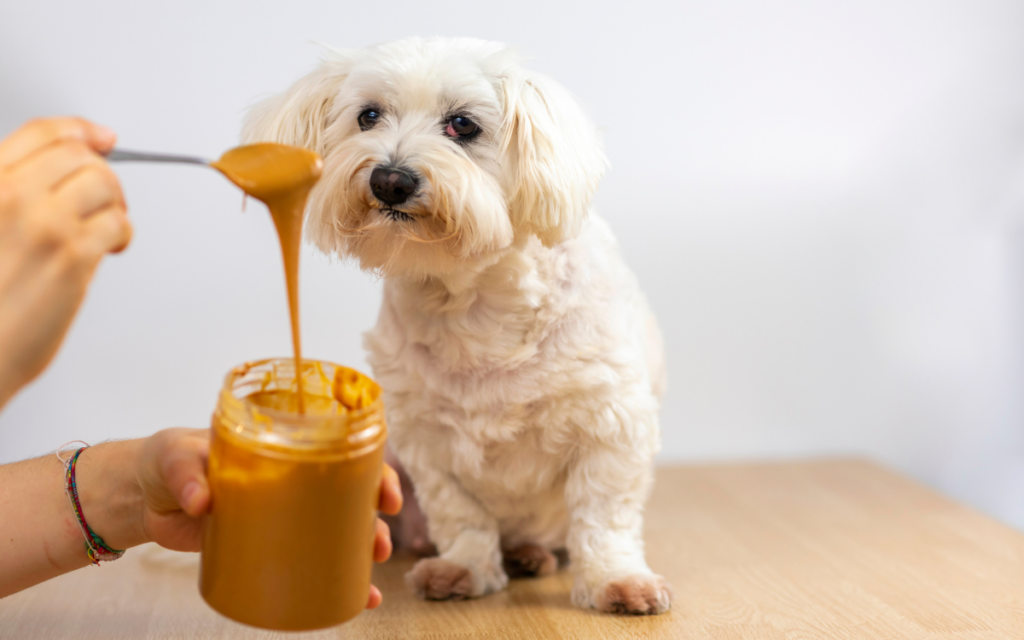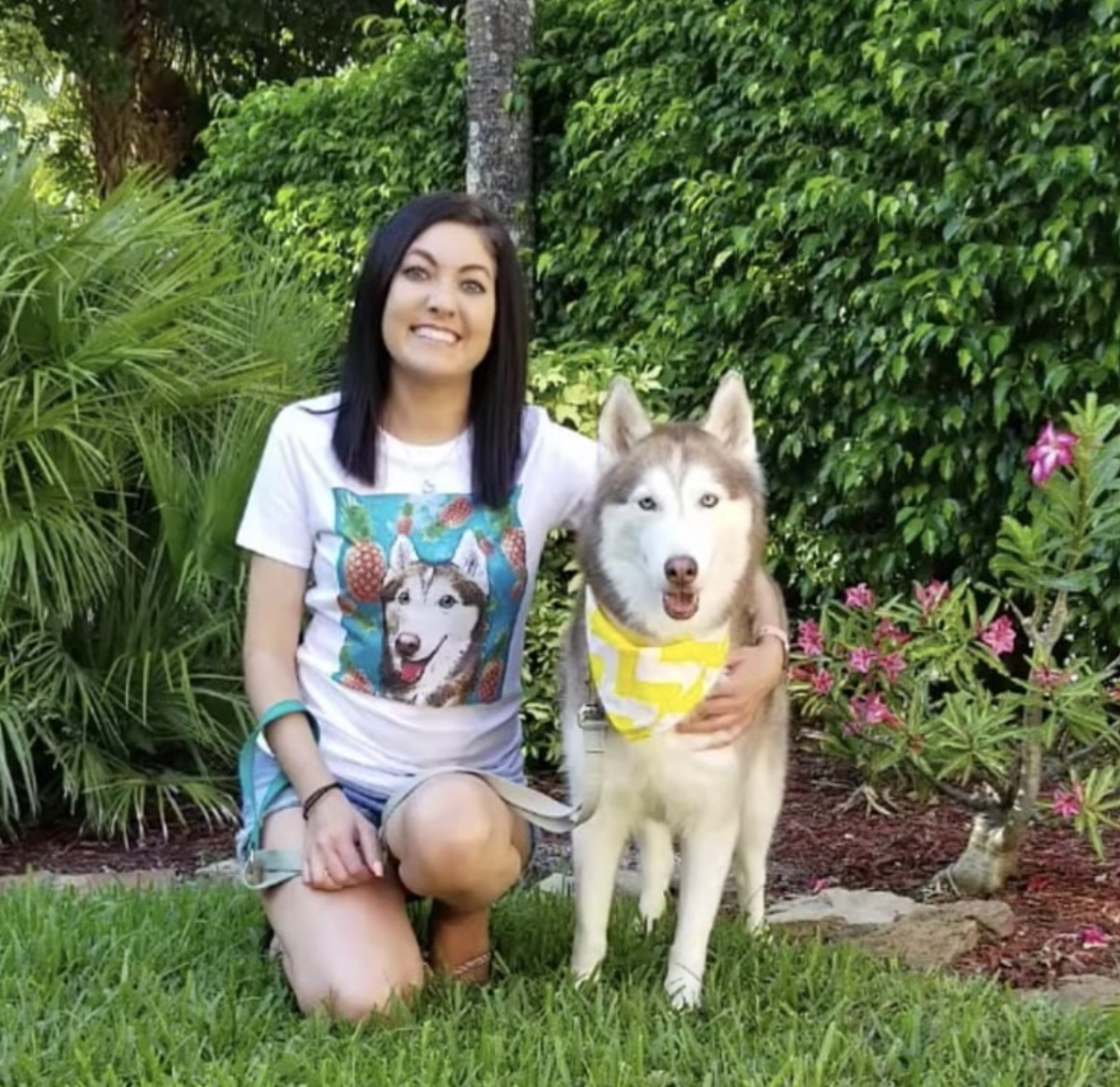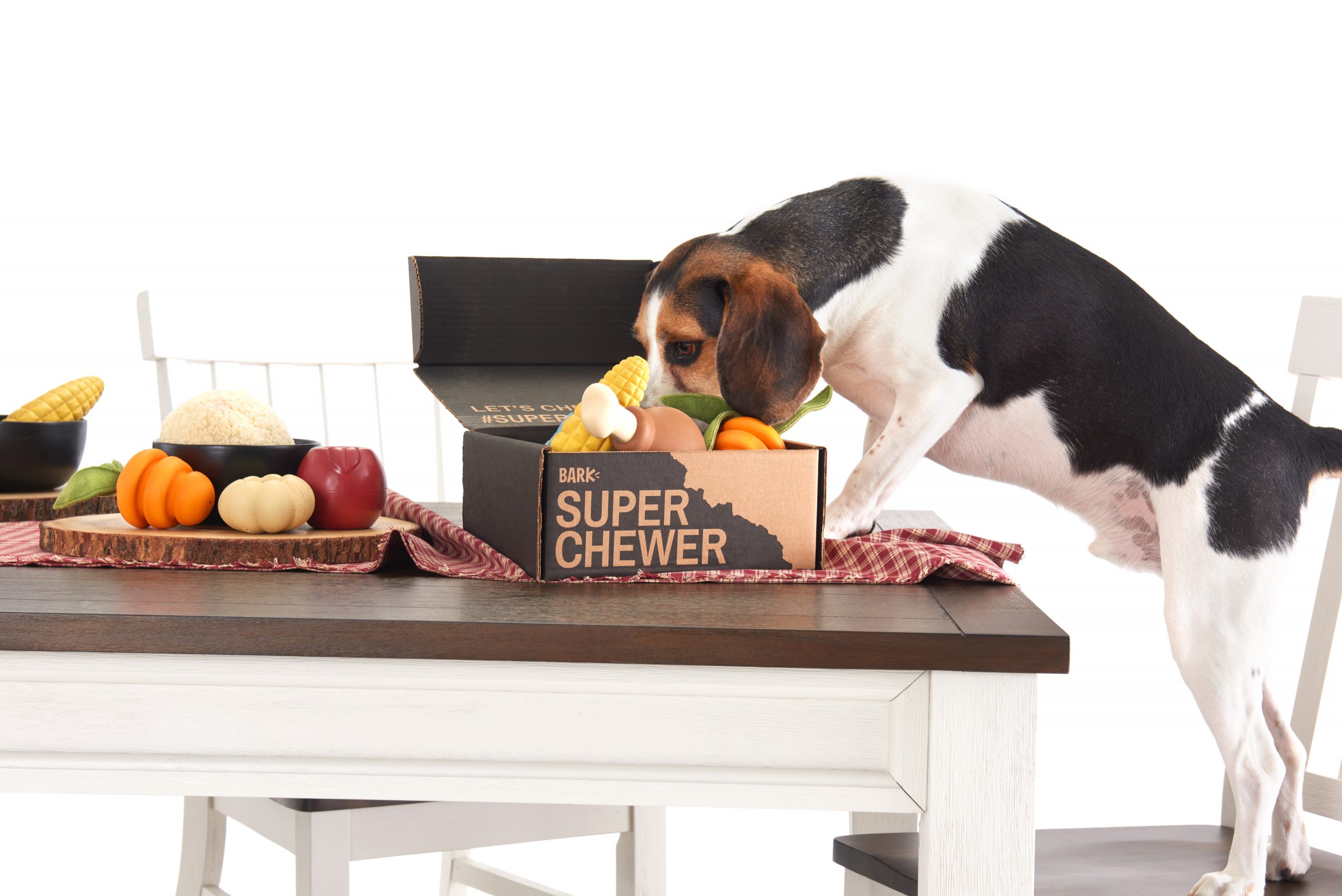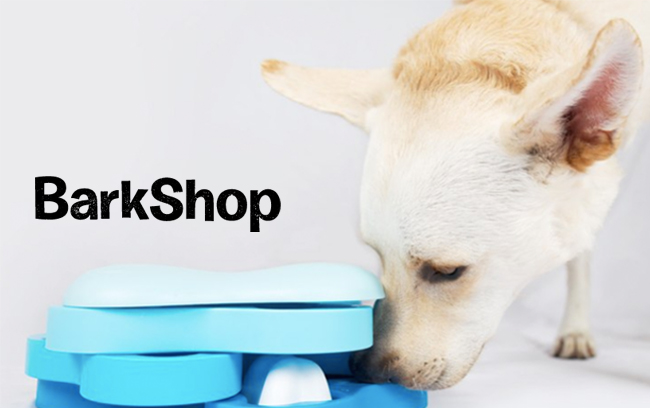If there’s one thing dog parents have in common, it’s falling victim to “puppy eyes” as they hypnotize us into handing over human treats. But if that treat contains artificial sugars like xylitol, please try to resist the temptation.
What Is Xylitol?
Xylitol (sometimes written as “birch sugar”) is a sugar substitute that manufacturers add to many products because it contains fewer calories than sugar. Xylitol often pops up in foods like peanut butter, chewing gum, candy, baked goods, chewable medications and vitamins, and even toothpaste.
Our human bodies process it without much issue, but for dogs, xylitol is life-threatening even in small amounts1.


Why Is Xylitol Dangerous For Dogs?
Xylitol rapidly drops dogs’ blood sugar (hypoglycemia) to dangerously low levels during digestion—a reaction not seen in humans. This sudden drop in blood sugar can happen in as little as 30 minutes after your pup eats a piece of food containing the sugar substitute, but may be delayed up to 12-18 hours2.
Other Symptoms Of Xylitol Toxicity:1
- Depression
- Loss of coordination
- Vomiting
- Weakness
- Seizures
- Coma
- Low potassium levels
- Bleeding under the skin
- Liver damage or failure
- Death
How Much Xylitol Is Toxic To Dogs?
It only takes a small amount of xylitol to leave dogs with permanent liver damage or possibly put their life at risk. Hypoglycemia occurs with as little as 0.03–0.045 grams per pound of body weight.
To make those numbers a bit easier to visualize, a small breed dog eating a tiny piece of chewing gum can lead to xylitol toxicity3.
Reminder: Always take the xylitol-containing food packing with you to the veterinarian’s office if your dog happens to get ahold of it. This can help them figure out how much xylitol they consumed3.


What Foods Contain Xylitol?
Xylitol can be found in many food and household products, but a specific concern to dog lovers is peanut butter. Despite the dangers of this artificial sugar to dogs, companies who manufacture peanut butter continue to put xylitol in their products.
Common Products Containing Xylitol:2
- Peanut Butter
- Candy
- Baked goods
- Chewing gum
- Toothpaste and other oral hygiene products
- Sunscreen
- Medications
- Foods labeled as “sugar-free” or “low-calorie”


How To Protect Your Dog From Xylitol Poisoning
- Always check the ingredient label before buying foods or sharing foods with your dog.
- Keep human foods far out of reach of noses and paws, especially when baking.
- Be careful where you set purses, backpacks, or grocery bags that may contain packs of gum or candy.
- If you brush your dog’s teeth, check the ingredients and use a dog-friendly toothpaste.
- Know product label “buzz words” that indicate xylitol, as well as the other names used for xylitol.
| Label “Buzz Words” For Xylitol4 | Other Names For Xylitol5 |
| Sugar-Free Reduced Sugar All Natural—No Sugar Added Naturally Sweetened 100% Natural Safe for Sugar-Controlled Diets Safe For Diabetics Sweetened with Birch Sugar Low Carb Low Calorie (Low-Cal) Helps Fight Cavities Cavity-Fighting Anti-Cavity Tooth-Friendly | Birch Sugar E967 Meso-Xylitol Méso-Xylitol Pentahydric alcohol Pentane Sucre de Bouleau Xilitol Xylit Xylite Xylo-pentane-1,2,3,4,5-pentol Alcohol Sugar (this could be other sugar alcohols and not necessarily xylitol) *May be listed under inactive ingredients |
What Do I Do If My Dog Eats Xylitol?
Seek emergency veterinary care immediately (ideally within 30 minutes)! Early detection and treatment will result in the best outcome. If you can get your dog to the vet early enough, they’ll be able to make your dog vomit the food or product containing xylitol before too much is absorbed in their system. They may also keep them on an IV sugar drip and monitor their blood sugar levels3.
Just in case you need it, search for emergency veterinarian clinics here. If you aren’t sure if the product contained xylitol, call animal poison control immediately at 1-888-426-4435.


<small>Sources:
1Kovalkovičová, Natália, et al. “Some Food Toxic for Pets.” Interdisciplinary Toxicology, Slovak Toxicology Society SETOX, Sept. 2009, https://www.ncbi.nlm.nih.gov/pmc/articles/PMC2984110/.
2Gwaltney-Brant, Sharon M. “Xylitol Toxicosis in Dogs – Toxicology.” Merck Veterinary Manual, Merck Veterinary Manual, 10 Feb. 2022, https://www.merckvetmanual.com/toxicology/food-hazards/xylitol-toxicosis-in-dogs.
3Brooks, Wendy. “Xylitol Poisoning in Dogs.” Veterinary Partner, VIN, https://veterinarypartner.vin.com/default.aspx?pid=19239&catId=102900&id=4952819.
4Nicholas, Jason. “Xylitol: The ‘Sugar-Free’ Sweetener Your Dog Needs You to Know About.” Preventive Vet, 10 Aug. 2015, https://www.preventivevet.com/dogs/xylitol-sugar-free-sweetener-dangerous-for-dogs.
5“Xylitol: Health Benefits, Side Effects, Uses, Dose & Precautions.” RxList, RxList, 11 June 2021, https://www.rxlist.com/xylitol/supplements.htm. </small>







